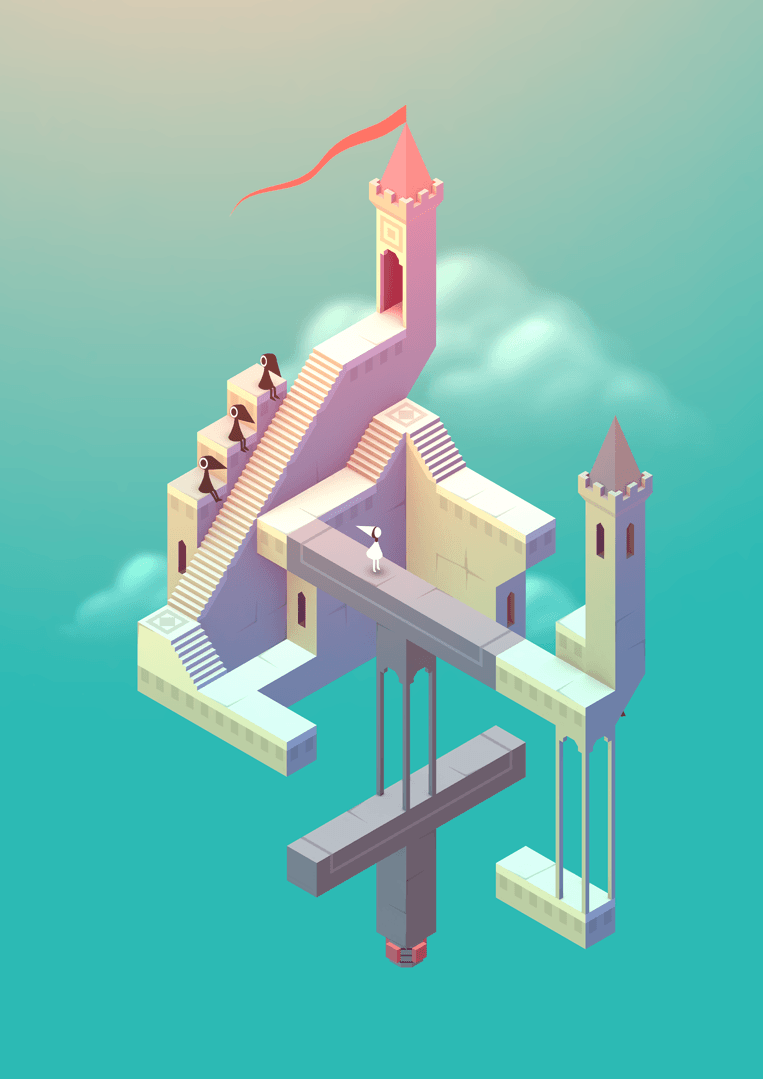Magical Experiences: Monument Valley
This is the game that won a 2014 Apple Design Award, Apple’s Best iPad Game of 2014, Best Mobile & Handheld 2015 by BAFTA, and a dozen more. It’s made its name for being arguably the most beautifully designed game for mobile ever made. (And reinforced that name in non-paid product placement in House of Cards last season — not something you see too often.) If you haven’t checked it out yet, you really should.
Monument Valley is simple, subtle, and elegant. The plot, uncomplicated: A faceless and voiceless Princess Ida moves through a series of architectural mazes on a quest for “forgiveness.” There are no villains, no deaths, no swords, no fireballs. Instead the game creates a mesmerizing experience through a merging of complimenting geometry, color, and sound. The experience is quiet and restrained, without artificial rewards or excessive explication. Some say Monument Valley is more like interactive art than a game — it’s not very hard or long, and the point is not to be stumped or struggle, but complete sensory immersion.
Monument Valley creator Ken Wong sites inspiration in the work of Dutch artist M. C. Escher. His eight person design team never compromised artistic voice and expression and maintained a “tight integration of art and programming.” They studied architectural models and poster designs, even bonsai trees. But most of all, the team made certain to never lose sight of how users would interact with the game and the “little worlds” of each level.
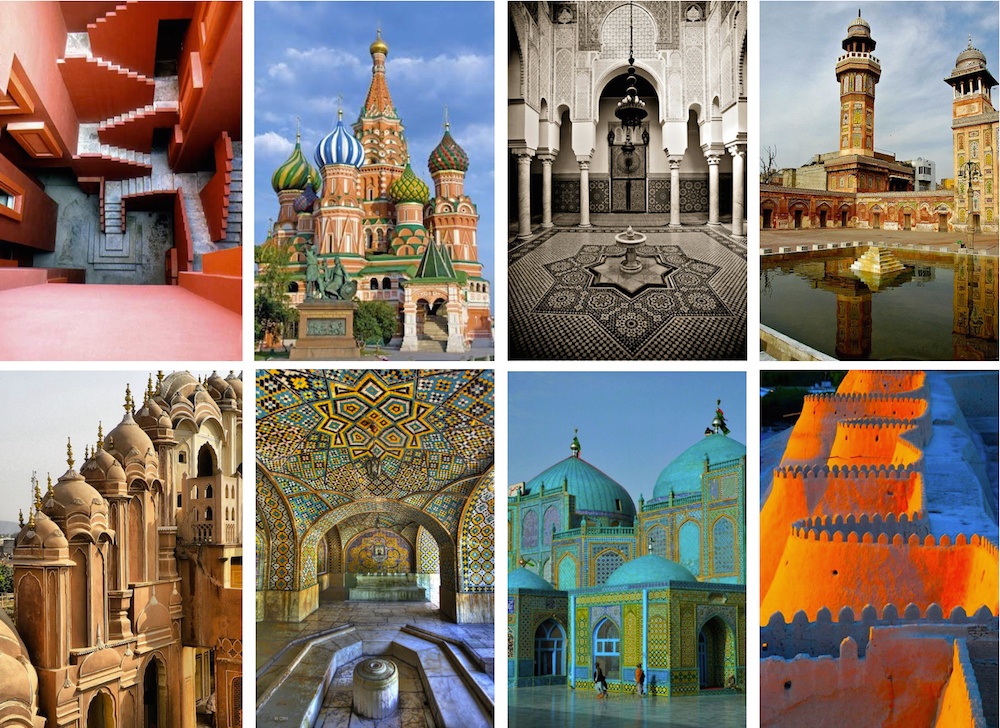
A key source of inspiration for Monument Valley was Ken’s interest in architecture
Ken saw his audience as both traditional gamers — who like improving skills, encountering opponents, slaying dragons, etc. — and also as a broader set of people people drawn to stories and characters, appreciative of beautiful visuals and audio, or eager “to see strange new things and be immersed in new worlds.” Ken aimed for every screen-capture of the game to be art — hang-on-the-wall-worthy — and in doing so struck chord with an audience far larger than typically engages with games.
We were never “afraid to go against conventional wisdom and worry about traditional gamers,” said Ken. “Gamers are not just teenage boys in their basement,” but “men and women and boys and girls and LGBT people in the Middle East and China and Brazil.” Reimagining the audience for mobile gaming swung the doors wide open for Ken and his team to take risks and to never settle. And the result was something magical.
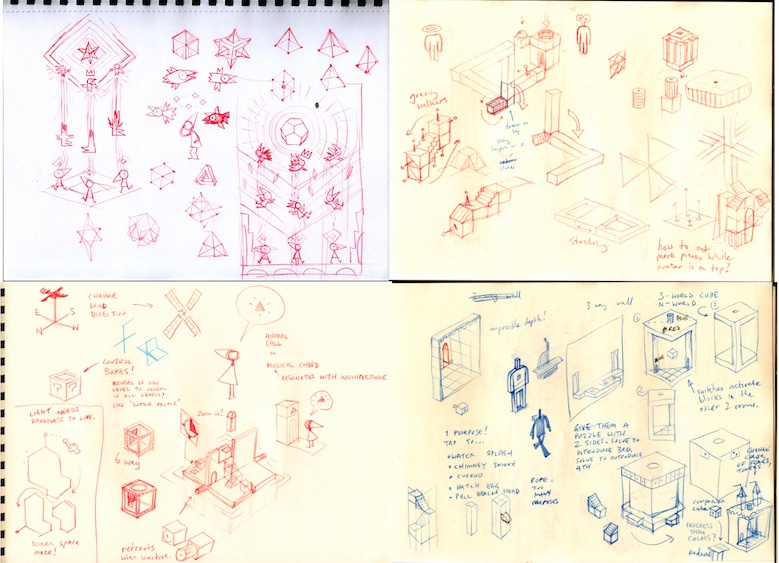
Ken’s early concept sketches for Monument Valley features and interactions
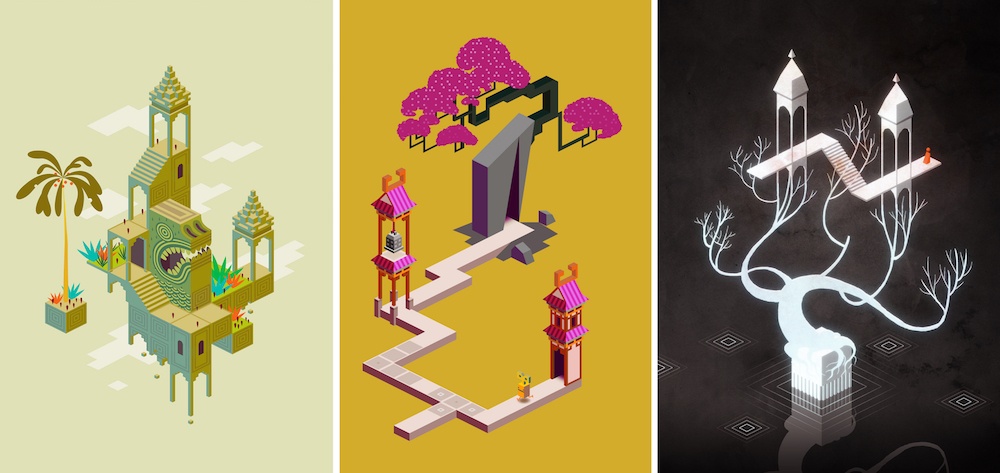
Monument Valley worlds as works in progress
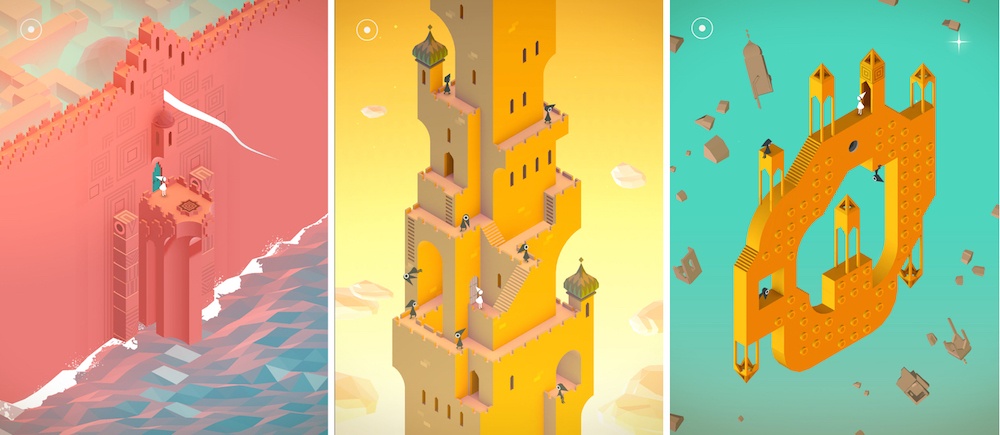
Monument Valley is designed to attract both traditional gamers as well as people who don’t consider themselves gamers
Herein lies the magic
Sometimes you need to create a new audience for the work you are drawn to do. Don’t be afraid to buck convention and design an experience that could open up a product to a different group of people.
Ken Wong came by Designer Fund to speak with us and answer our questions. We’ve boiled down some key takeaways:
- Consider user experience first. Treat your audience with respect and minimize their frustration.
- Think beyond what experienced gamers (or typical users) are used to and expect. Your audience can be everyone.
- Take inspiration from your interests and passions. Be a slave to your obsessions.
- Great storytelling has narrative arc and character development. It can be the central vehicle that connects your audience to your game or product, so develop a story that’s compelling.
Since its launch in April 2014, Monument Valley has sold 5 million copies and generated $13 million in revenue. “There are tons of games out there that are trying to be more visually exciting and more personal and exploring how we can bring in influences from architecture, dance and photography,” said Ken. “Let’s try to make games that are more culturally viable and relevant and for everybody.” We couldn’t agree more.
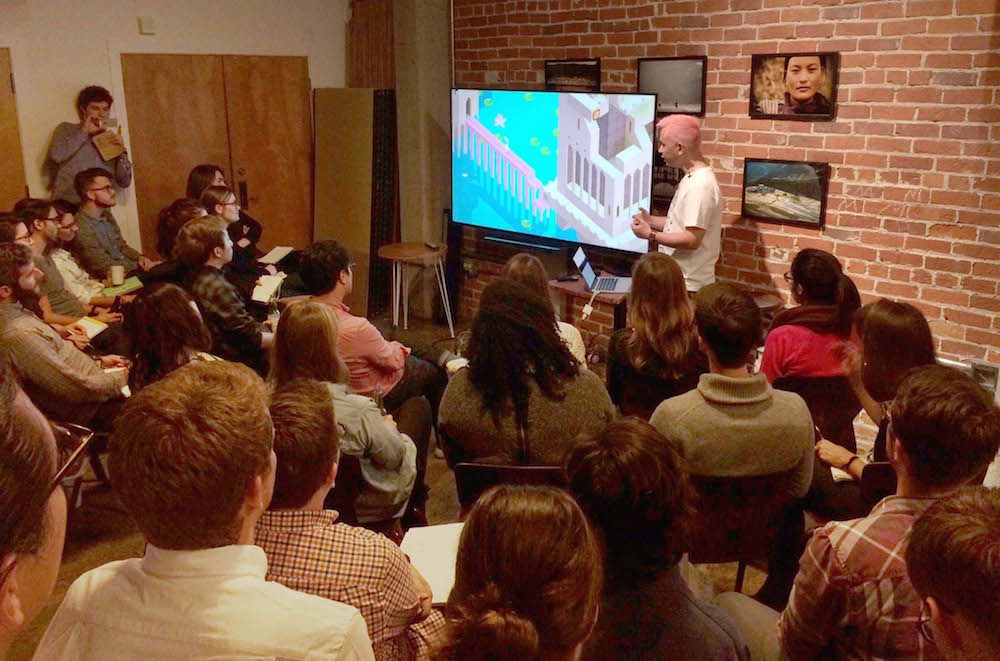
Ken speaking to a small group of designers at Designer Fund during a Bridge 4 evening
“Magical Experiences: Monument Valley” is part of a series that explores magical objects, experiences, sights, moments, and more. Want us to spotlight your favorite magical thing? Drop us a line at hello@designerfund.com.
If you’re interested in more behind the scenes looks into top startups and insights about the latest design tools and methods, check out Bridge and keep in touch here
